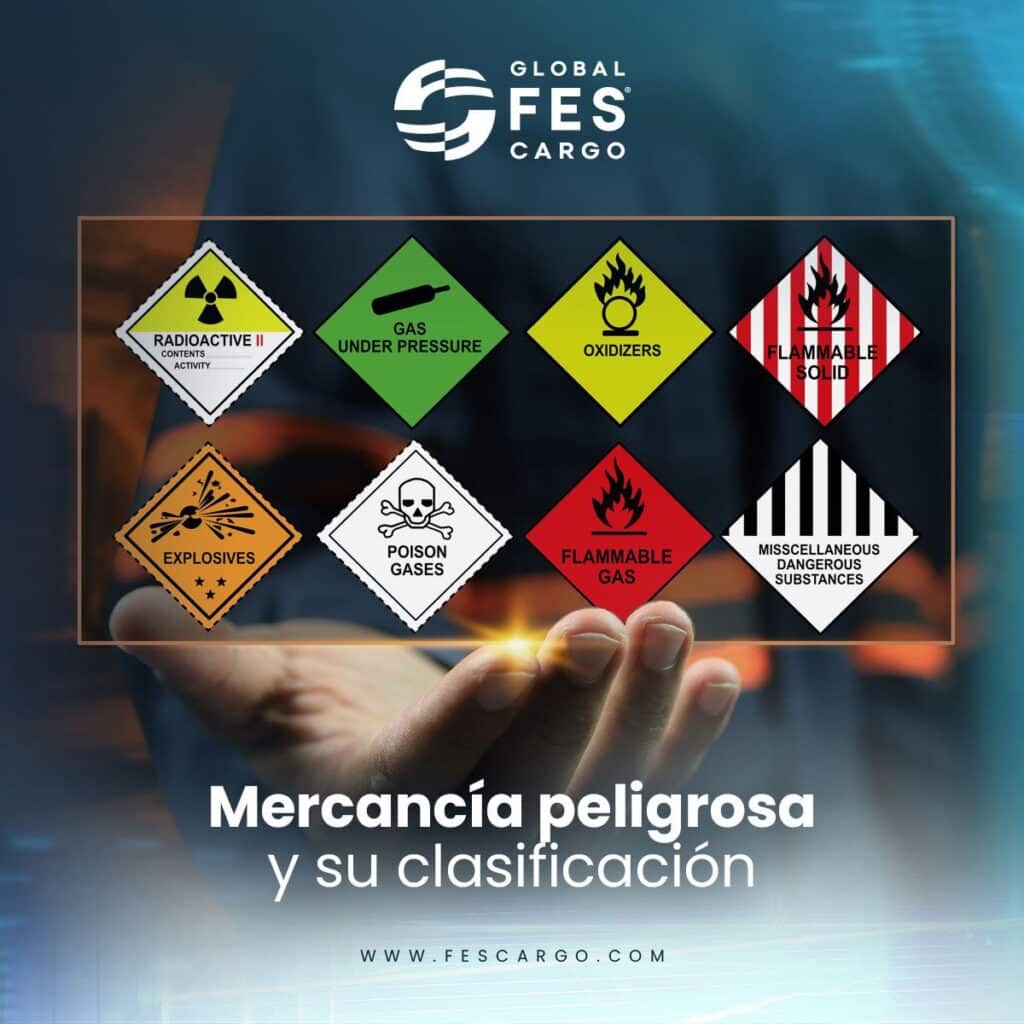Dangerous goods encompass a wide range of products that pose risks to health, safety, or the environment during transport. Understanding the classes and labels of these materials is essential to ensure their safe handling and transport and to comply with international regulations.
Dangerous goods labels are graphic symbols used to quickly identify the risks associated with a material during transport.
Class 1: Explosives
This category includes products linked to the risk of explosion. For example, pyrotechnic articles such as fireworks, rockets, detonators, and similar products.
Within this first class, there is a subdivision of explosive materials:
1.1. Substances and articles that have the potential to cause a large-scale explosion. 1.2. Substances and articles that may produce projections but not a large-scale explosion. 1.3. Substances and articles that could cause a minor fire, blast effects, or projections but without the risk of a large-scale explosion.
The label for these first three subcategories is as follows:
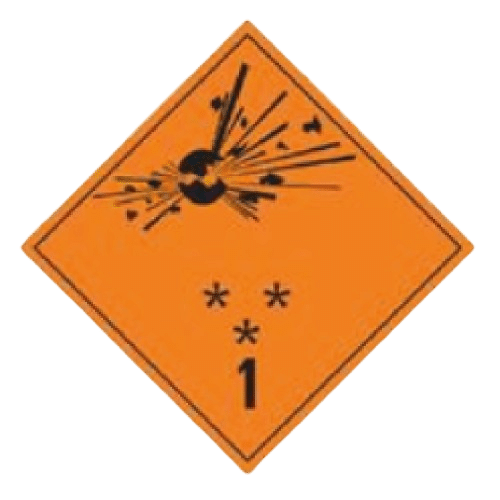
1.4. Goods and articles with a minimal risk of explosion in case of fire. The explosion is confined to the packages and does not result in the projection of fragments. 1.5. Goods and articles very unlikely to mass explode under normal conditions of transport. 1.6. Objects extremely unlikely to explode.
The labels for these last 3 subcategories are as follows:

Class 2: Gases
This includes compressed, liquefied, or dissolved gases. They are classified as asphyxiating, oxidizing, flammable, or toxic gases. There are 3 subdivisions:
2.1. Flammable gases on contact with heat.
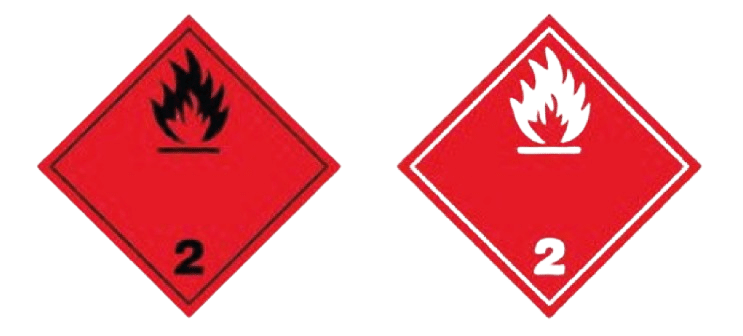
2.2. Non-flammable, non-toxic gases. They cause asphyxiation by displacing oxygen and also have oxidizing properties, meaning they promote or facilitate the combustion of other substances.

2.3. Toxic gases. Inhalation of these gases can cause serious harm and even be lethal. Additionally, they have the ability to promote combustion, are flammable, and corrosive.

Class 3: Flammable Liquids
This category includes flammable liquids and insensitive explosive liquids, such as gasoline or paints.
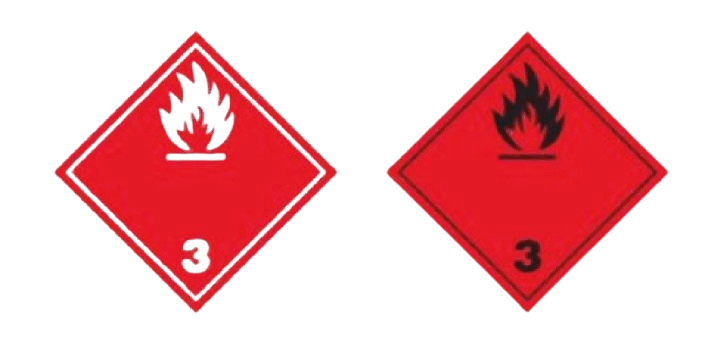
Class 4: Flammable Solids
There are three subcategories:
4.1. Flammable solids: These are solids that are flammable under normal transport conditions, and friction can trigger fires.

4.2. Substances that may undergo spontaneous combustion when heated in contact with air or during transport. Examples include coal.

4.3. Substances that can ignite upon contact with water, such as sodium or potassium.

Class 5:
There are two subcategories:
5.1. Oxidizing substances: These liquids or solids promote combustion, so contact with other materials can lead to fires.
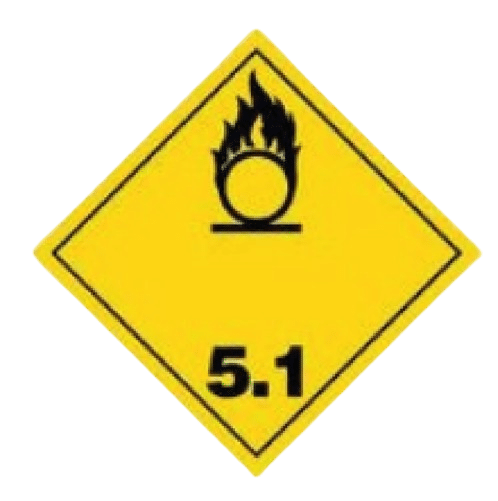
5.2. Organic peroxides: These are derivatives of hydrogen peroxide. These substances are extremely dangerous, and the quantities that can be included in each load are limited.
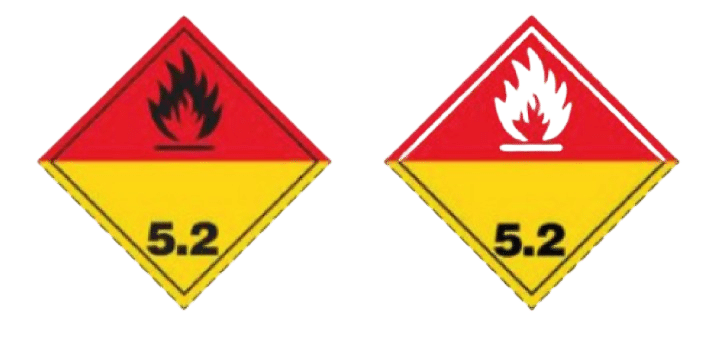
Class 6: Toxic or Infectious Substances
6.1. Toxic substances, capable of causing death when ingested, coming into contact with the skin, or being inhaled.

6.2. Infectious substances: In this case, the dangerous goods contain microorganisms capable of causing diseases.
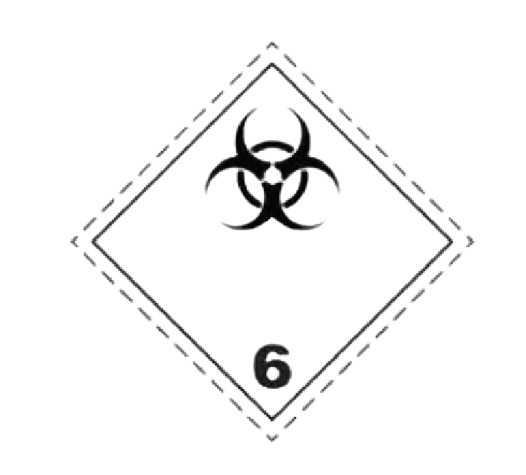
Class 7: Radioactive Substances
These dangerous goods contain radioactive elements such as uranium or plutonium. There are three categories of this type depending on their level of radiation and one dedicated to fissile material. They range from 1 to 3, with 3 being the most radioactive.

Class 8: Corrosive Substances
These types of materials damage the skin upon contact. They can also cause poisoning through inhalation or ingestion. Example: sulfuric acid.

Class 9: Miscellaneous Dangerous Substances
This category encompasses products that pose a danger during transport but do not fit into any of the previous classes.

Es crucial que las empresas que manejan mercancía peligrosa conozcan y cumplan con las regulaciones relacionadas con su clasificación, etiquetado y transporte para garantizar la seguridad de los trabajadores, el público y el medio ambiente.
¡En FES Cargo, entendemos la importancia de manejar la mercancía peligrosa de manera segura y eficiente! Nuestro equipo de expertos en logística está capacitado para manejar este tipo de carga y garantizar su transporte cumpliendo con todas las regulaciones.
Síguenos en nuestras redes sociales (Facebook y LinkedIn) y suscríbete a nuestra lista de correo para obtener más consejos y guías sobre logística y comercio internacional.
En FES Cargo, cuidamos lo que te importa.
